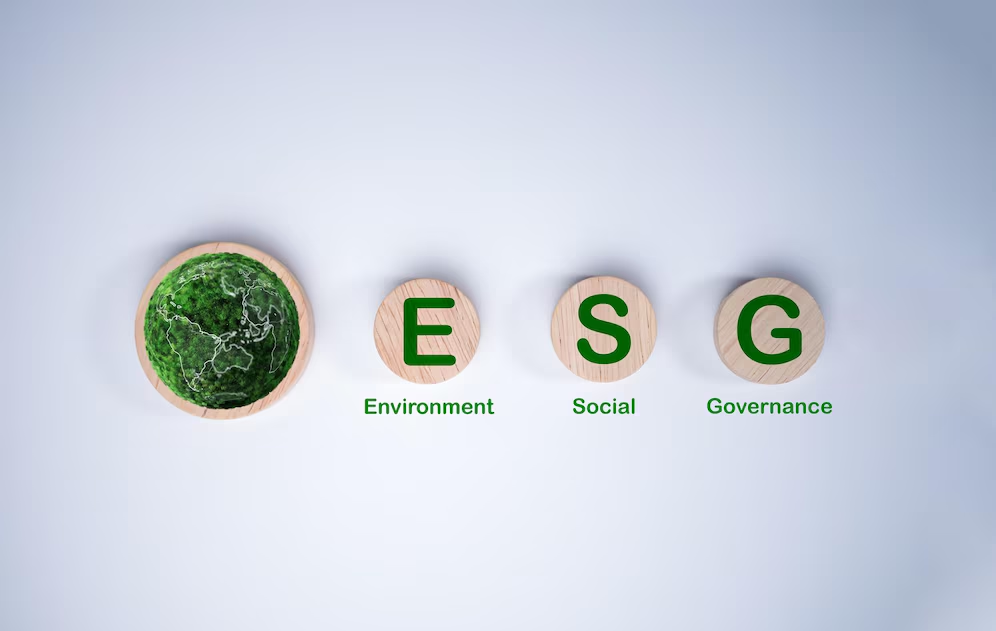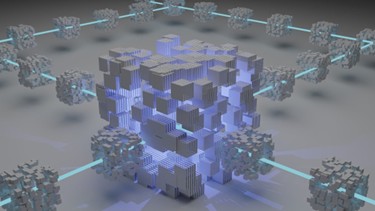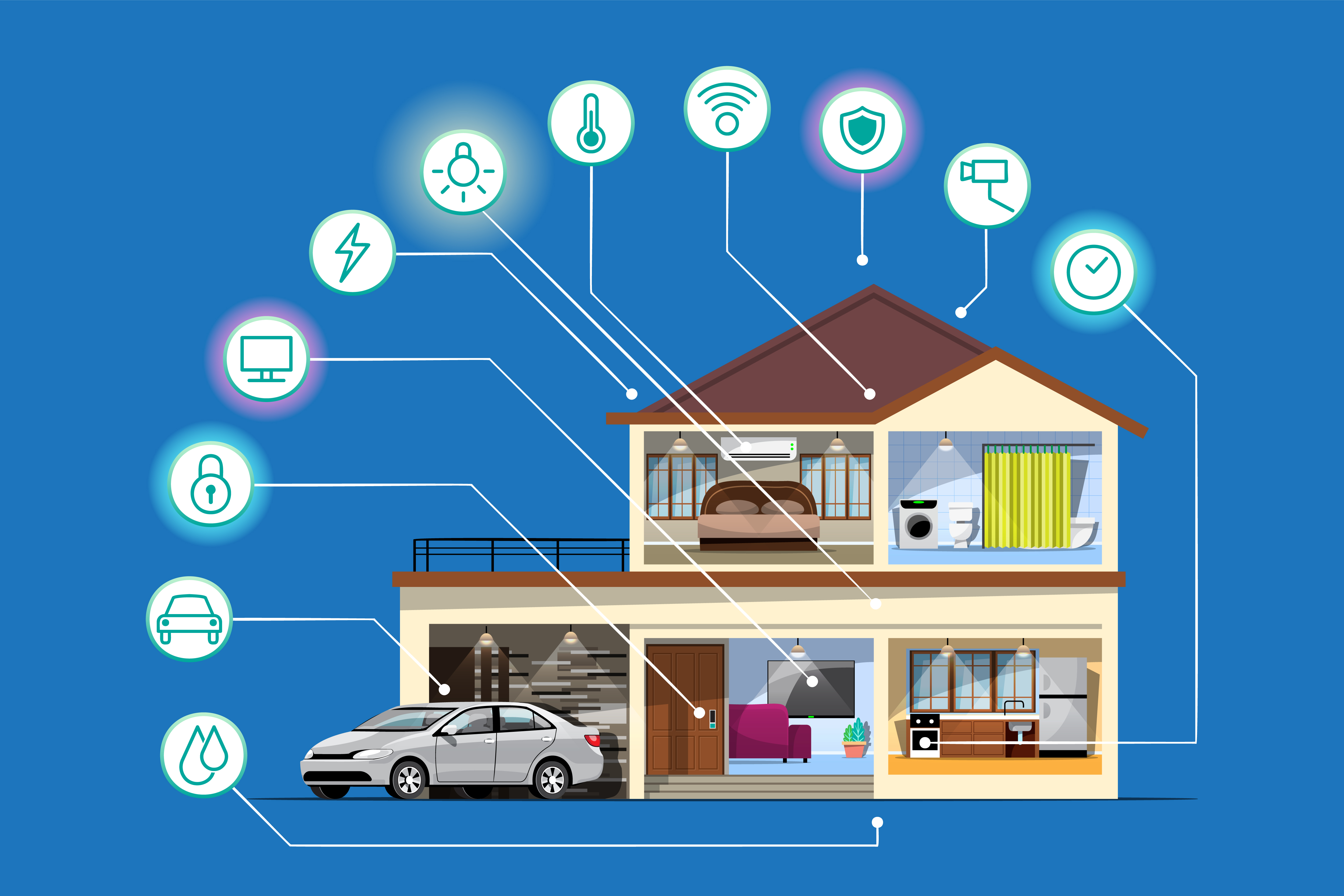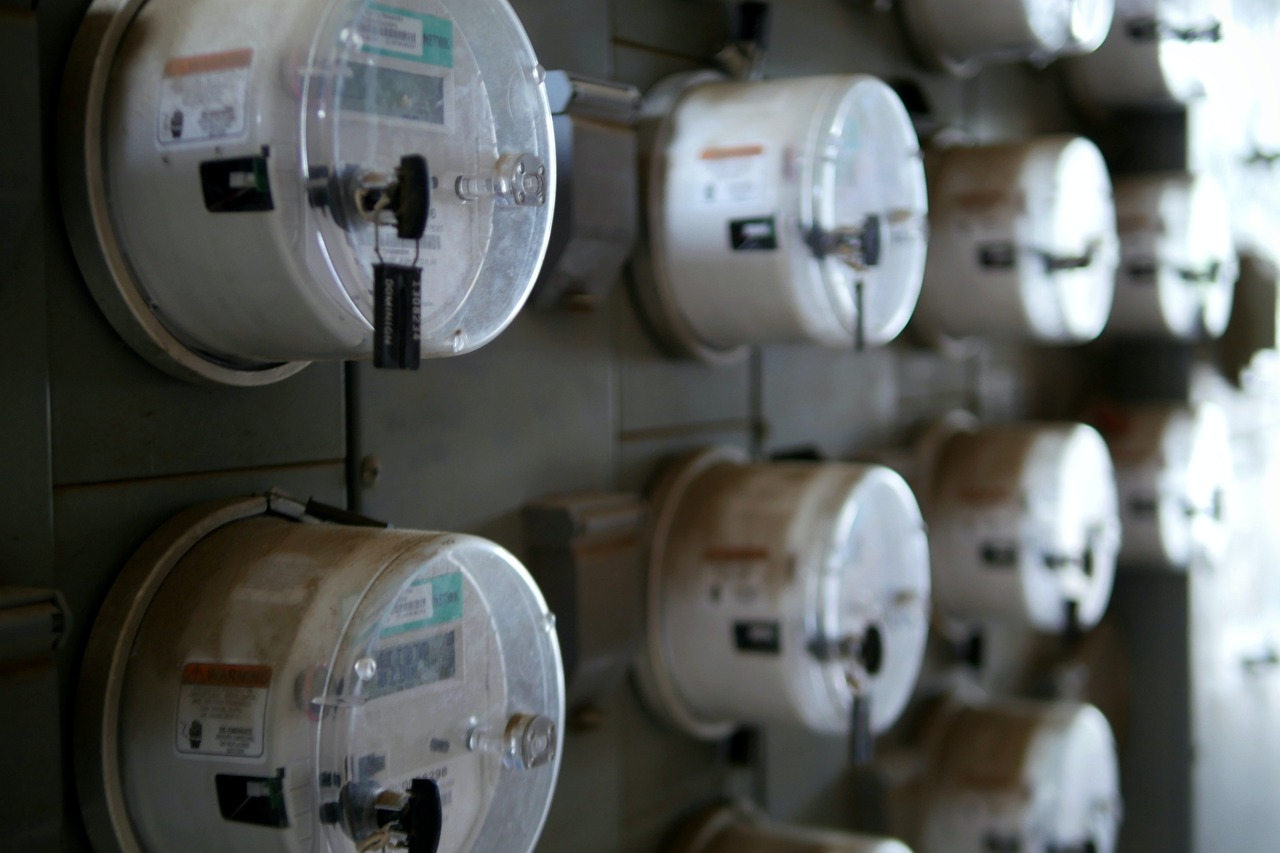Exploring Logical and Physical Design of IoT in 2025
-
February 17, 2022
-
7 min read

Smart devices are no longer futuristic, they are part of how we live, work, and make decisions every day. Whether it’s a fitness tracker on your wrist or a smart meter managing energy at home, IoT is behind it all. But what really makes these systems work so efficiently?
In 2025, successful IoT deployment depends on two crucial pillars: logical and physical design. One shapes how data moves and decisions happen; the other builds the hardware that makes it possible.
To fully grasp the power of IoT, we need to explore both sides of its architecture and understand how they work together to create connected, intelligent experiences across industries. Get all the insights below!
What is Logical Design in IoT?
Logical design in IoT outlines how the system should function. It includes the abstract blueprint of interactions, data flow, services, and system behaviour without detailing the actual hardware. Think of it as a high-level map showing how components like devices, cloud platforms, and applications interconnect logically.
It defines device identities, data sources, network topology, service groups, and control structures. This abstraction allows developers to simulate the IoT environment before deploying physical devices.
Core Elements & Functional Roles of Logical Design
The logical design of IoT depends on structured architecture involving functional blocks of IoT. These blocks handle sensing, processing, storage, analysis, and control. Examples include:
- Device Identity Management: Assigns unique identifiers to each IoT unit.
- Data Collection Frameworks: Gather inputs from diverse environments.
- Analytics Engines: Transforms raw data into actionable insights.
- Control Modules: Automates responses based on system rules.
These IoT functional blocks integrate with cloud platforms and third-party APIs. For instance, IoT analytics helps refine system behaviour through data-driven decisions.
Examples of Logical Architecture in Modern IoT Solutions
The logical architecture may connect shelf sensors, POS systems, and inventory platforms. It defines how devices report stock levels, trigger reorders, and send alerts to managers. Another example is a fleet management solution that maps vehicle GPS data, engine health metrics, and delivery schedules into a unified logic flow.
All these systems share common logical design principles, regardless of industry, i.e., reliable data exchange, secure device identity, and scalable network layers. These designs operate before any physical hardware gets installed.
Deep Dive into Physical Design of IoT
Let’s take a closer look at physical IoT design:
What is Physical Design in IoT?
The physical design of IoT refers to the tangible components that make the system operational. This includes sensors, gateways, connectivity modules, power supplies, and embedded systems. Unlike logical design, which defines “how” data flows, physical design determines “what” makes that flow possible.
You can observe this in a smart agriculture system. Soil moisture sensors, solar-powered microcontrollers, and edge computing units form the physical design. These devices gather and transmit information, forming the backbone of the system.
Major Components and Hardware Involved
A typical IoT physical setup includes:
- Sensors/Actuators: Capture real-world data or trigger mechanical responses.
- Microcontrollers and Gateways: Process and route data.
- Connectivity Modules: Enable communication via Wi-Fi, LPWAN, or cellular.
- Power Units: Batteries, solar panels, or wired connections ensure uptime.
- Enclosures & Deployment Infrastructure: Protect and position devices for optimal performance.
Modern implementations use rugged, weather-resistant designs that support constant operation. IoT devices now integrate with 5G and LPWAN modules to reduce latency and improve coverage across diverse terrains.
Role of Sensors, Devices & Connectivity in 2025 IoT Systems
In 2025, connectivity defines success in IoT deployment. Sensors have become smarter, offering onboard computing and encryption. Meanwhile, connectivity standards like NB-IoT, 5G, and Wi-Fi 6E offer robust communication paths.
Together, they enable IoT applications to respond instantly to changing conditions, whether in healthcare, agriculture, or industrial automation. The combination of smarter sensors and advanced connectivity drives greater efficiency, precision, and scalability across all sectors.
Logical Vs Physical Design in IoT: A Comparative Breakdown
The difference between physical and logical design of IoT lies in abstraction vs. implementation. Logical design plans the interaction, behaviour, and flow of data. Physical design builds the hardware needed to bring that plan to life.
A smart thermostat system offers a clear example. Logical design defines how the system senses temperature, sends data to the cloud, and adjusts the HVAC unit. Physical design involves the temperature sensor, Wi-Fi chip, processor board, and power supply.
How They Work Together in Real-World Implementations
The logical and physical design of IoT must align for the solution to function as intended.
For example, in a smart factory, logical rules may dictate when to trigger maintenance alerts based on machine data. The physical layer includes vibration sensors and edge devices collecting that data. If either layer fails to support the other, the system breaks down.
Together, they form a reliable, responsive, and scalable IoT infrastructure in any industry.
IoT Architecture Layers and Communication Protocols
Modern IoT systems follow layered architectures:
- Perception
- Network
- Application
Each layer has defined responsibilities. Perception includes physical sensors. The network layer handles data routing using protocols like MQTT or CoAP. The application layer delivers user interfaces, analytics dashboards, or automation systems.
Understanding communication models in IoT helps developers select the best-fit protocol based on latency, data size, and energy efficiency.
Visualising IoT Design: Block Diagrams & Examples
IoT block diagrams help visualise system structure. These visualisations simplify everyone’s communication and support troubleshooting. A basic setup includes:
- Data Source Layer: Sensors and devices
- Control Layer: Microcontrollers and firmware logic
- Network Layer: Gateways and internet access
- Cloud Layer: Data processing and storage
- Interface Layer: Apps and dashboards
Adding an SMS API in such systems allows critical alerts via mobile messaging when devices detect anomalies.
Real-World Applications of Logical & Physical IoT Design
Look at some real-world applications of both logical design and physical designs:
Smart Cities & Urban Infrastructure
Smart cities use IoT for traffic monitoring, air quality sensing, and utility management. Logical design dictates how sensors collect and process data. Physical deployment involves cameras, pollution meters, and public display units.
Healthcare, Remote Monitoring & Wearables
Wearables track vital signs and send data to doctors. The logical architecture ensures secure transfer and storage. The physical design includes compact sensors, battery-efficient processors, and mobile sync units.
Use cases in IoT monitoring allow real-time observation of patient metrics, ensuring timely intervention in critical conditions.
Industrial IoT (IIoT) & Smart Manufacturing
Industrial IoT connects machinery to maintenance systems. Logical rules schedule inspections and shutdowns. Hardware includes vibration sensors, temperature probes, and edge processors on the factory floor.
Smart Agriculture & Precision Farming
Farmers use soil sensors and weather stations. Logic defines thresholds for irrigation and fertiliser application. Solar-powered microcontrollers and cellular-enabled units form the hardware layer.
Retail, Logistics & Smart Supply Chains
Retailers automate inventory checks and optimize shelf layouts. Logical systems link inventory databases with shelf sensors. Physical elements include barcode scanners and NFC readers.
The Future of IoT Design and Integration in 2025
The logical and physical design of IoT systems defines how effectively devices communicate, process data, and deliver value.
Logical design shapes the behaviour and structure of IoT networks, while physical design brings those concepts to life through sensors, hardware, and connectivity. Together, they create intelligent, scalable systems that adapt to real-world demands across industries like healthcare, agriculture, retail, and manufacturing.
Ready to power next-gen IoT solutions with confidence? Airtel IoT connectivity solutions deliver the secure, scalable, and reliable network infrastructure needed to stay ahead. It can be a partner that evolves with your vision and empowers your connected future.
 Share
Share









